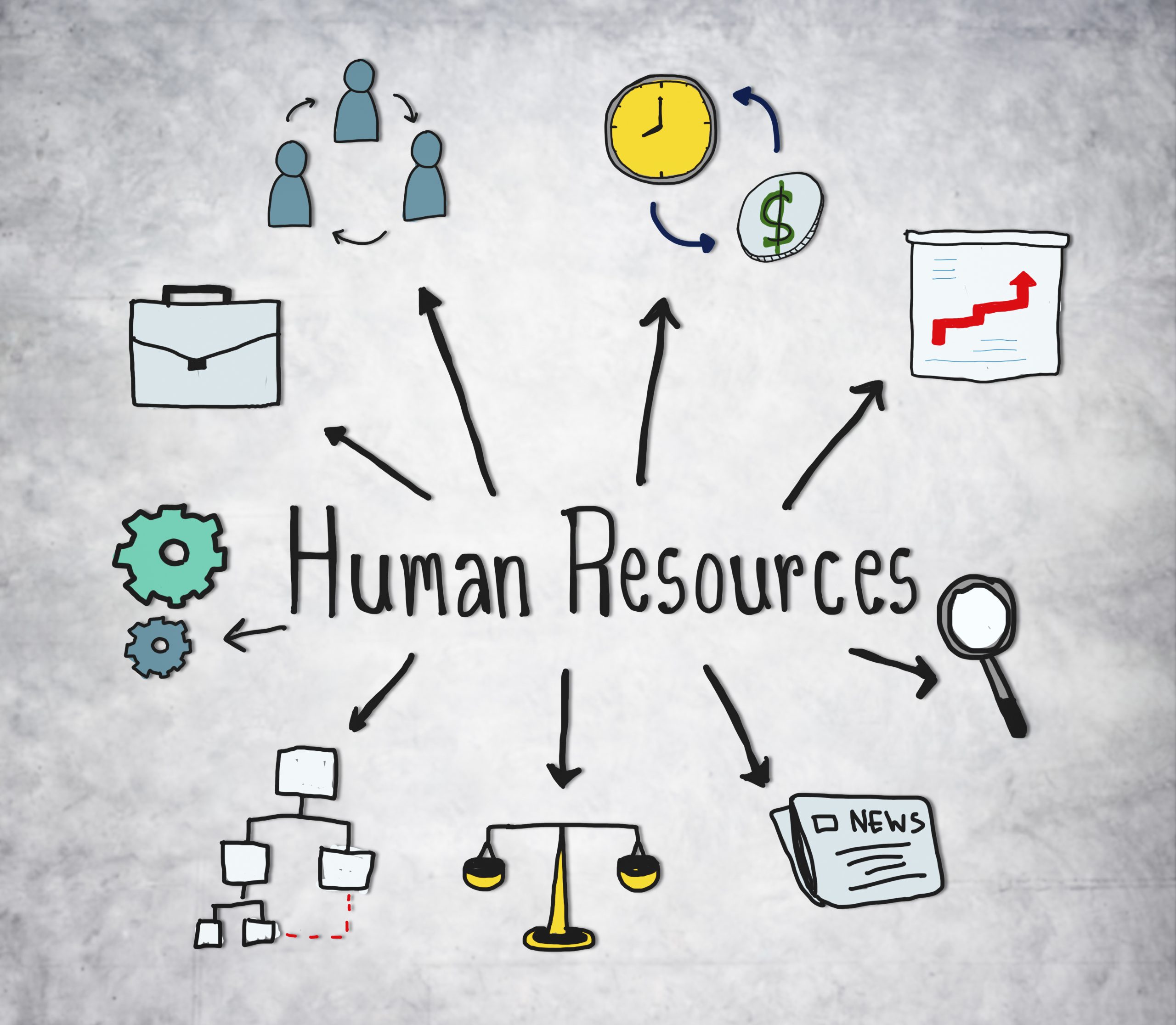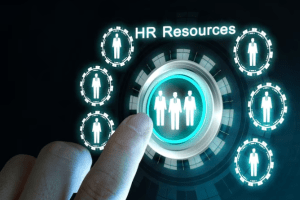
7 Core Elements of Human Resource Management That Every HR Professional should be aware.
As an HR professional, you will play a pivotal role in building up the successful image of your company. In this blog we will elaborate on the seven basic backbones you need to apply in your business, as an HR.
We will start with a brief description of HRM. Then we will dive into the seven HR basics you have to know to have a good understanding of what HR does. We will on an explicit view of the seven principles that need to be implemented.
Let’s have a real business conversation.
To be honest, businesses are set up so they can be successful in terms of higher brand recognition of their products and services in the market, higher profit inflows into their business, customer satisfaction towards their services and obviously having a smooth running of industrial activities in the workplace. For all of this, it is vital to have a commendable establishment of HR department in the business.
HR plays the role of a guide to lead a business to achieve its goals.
The seven HR basics
- Recruitment & selection
- Performance management
- Learning & development
- Succession planning
- Compensation and benefits
- Human Resources Information Systems
- HR data and analytics
1.Recruitment & selection
Recruiting candidates and selecting the best ones to come and work for the company is a key HR responsibility. People are the lifeblood of the organization and finding the best fits is a key task. The direct manager sends the job description to HR and HR starts recruiting candidates. In this process, HR can use different selection instruments to find the best person to do the work. These include interviews, different assessments, reference checks, and other recruitment methods.
2.Performance management
Once employees are on board, performance management becomes important. Performance management is the second HR basic. It involves helping people to become their best selves at work, boosting the company’s bottom line. Performance management is a structure that enables employees to get feedback on their performance – to reach their best performance.
3.Learning & development
Learning and development helps employees to reskill and upskill. Learning & Development (L&D) is led by HR and good policies can be very helpful in advancing the organization toward its long-term goals. One of the HR vital implementation is bringing learning into day-to-day work and helping employees develop soft and hard skills that are aligned with organizational goals.
4.Succession planning
Succession planning is the process of planning contingencies in case of key employees leaving the company. If, for example, a crucial senior manager quits his/her job, having a replacement ready will guarantee continuity and can save the company significant money.
5.Compensation and benefits
Another one of the HR basics is compensation and benefits. Fair compensation is key in motivating and retaining employees. One of the fundamentals of human resource management concerning pay is ensuring about equity and fairness.
Making the right offer of pay is a key part of attracting the best talent. This must be balanced with the budget and profit margins of the company. HR should monitor pay increases, and set standards of merit.
6.Human Resource Information System
The last two HR basics are not HR practices but tools to do HR better. The first is the Human Resource Information System, or HRIS. An HRIS supports all the cornerstones we discussed above. For example, for recruitment and selection, HR professionals often use an Applicant Tracking System, or ATS, to keep track of applicants and hires. Compensation specialists often use a payroll system, and there are also digital tools that enable effective succession planning. For performance management, a performance management system is used to keep track of individual goals and put in performance ratings.
7.HR data and analytics
The last of the HR fundamentals revolves around data and analytics. HR has made a major leap towards becoming more data-driven.
The Human Resource Information Systems we just discussed is essentially a data-entry system. The data in these systems can be used to make better and more informed decisions. It is better to work and take satisfactory industrial decisions when we already have an effective and precise data collection through efficient data analytics methods.
Valdus works for an effective implementation of HR department in the organizations by providing HR related solutions. It’s better to seek advice and consulting recommendation from Valdus Team to obtain a meritorious profile of your organization and stay on long term in the market for further industrial activities. For more information, contact us via +230 2610909 / 261 2909 or even on info@valdus.net


